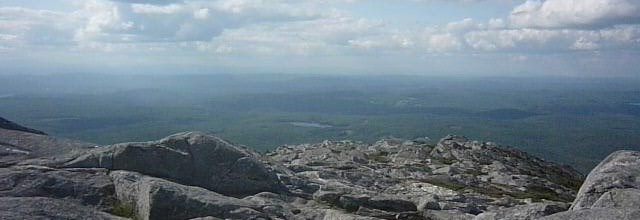I learned many interesting things about mapping in our session with Steve Romalewski. There was some overlap with what we went over with Frank Donnelly, which is good, but each presentation was unique and we are so fortunate to have these great guest speakers coming in.
Maps as layers makes so much sense, and conceptually allows one to understand how they are put together and what they can show us. I remember seeing old maps with layers of transparencies, each one representing different aspects such as elevation, roads, buildings, etc., somewhat akin to anatomy books where one layer shows the bones, the next one circulation, then organs, muscles, etc. Of course, so much more is possible now using digital mapping tools.
Especially important now is how google maps and similar systems have pretty much laid out most of the Earth’s surface, making certain aspects of mapping easier and quicker. So much is happening with maps now from all quarters that the field is changing very rapidly.
I liked hearing about the “illusion of precision”. Most of us probably take for granted that if the map says something is here, that that is an utterly exact place. But a point on a map is not an actual place. At best it is a reliably accurate representation of where a particular place is located, but the map itself is limited in the amount of detail which can be described.
The website http://www.1940snewyork.com/ is fascinating. We actually saw it last semester in Matt Gold’s “Debates in the Digital Humanities” class, but it was good to hear about it from its creator.
My ears perked up when Steve suggested that if you don’t necessarily have to learn GIS to do mapping anymore, as the tools and software have gotten more accessible and easier to use. It’s a hopeful thought to those of us not already GIS capable. Many aspects of digital technology are getting more and more accessible to non-specialists. This touches on the debate in DH over how much coding one should be able to do to be considered a real DHer. I’m not going to take sides here, but it seems to me that more and more humanists will be able to take advantage of digital tools as those tools become easier to use. Of course, there will always be a great demand for programers and developers, designers and engineers, and that demand will probably continue to grow. The important point for us in this time period is the interface, the collaboration, between techies and humanists. Over time, those lines may blur as some scholars become more tech-enabled and some computer scientists become more…well…human, in their orientation.


